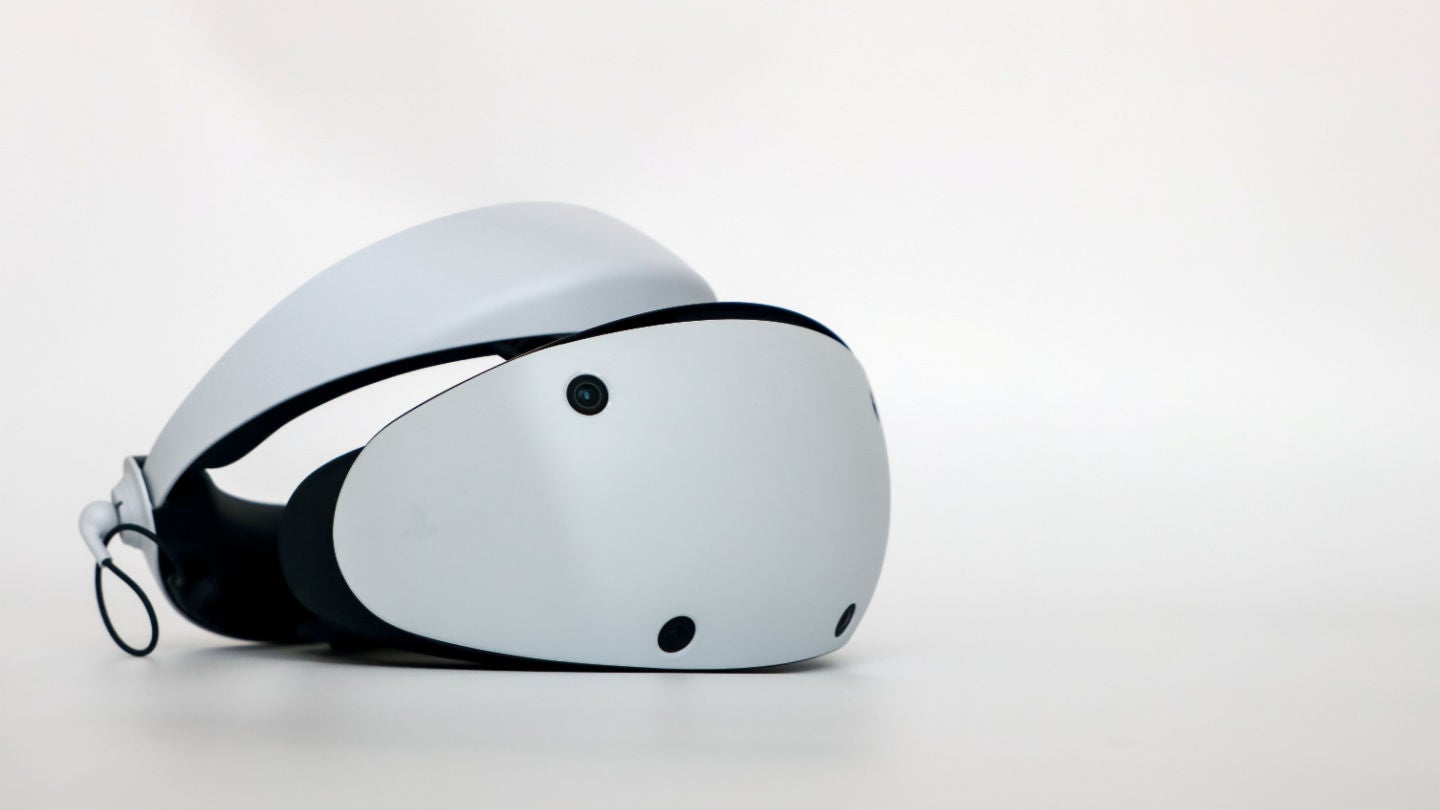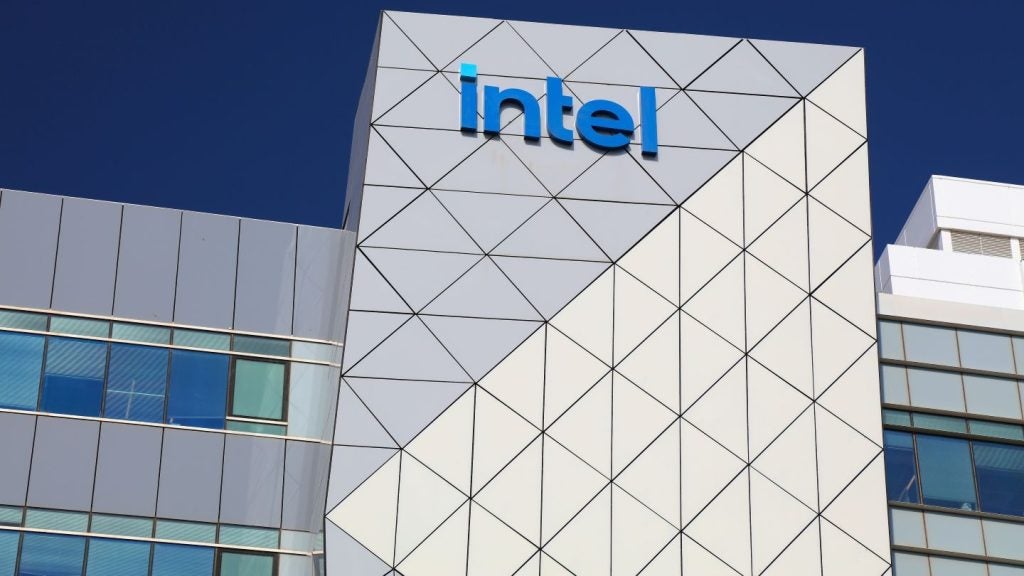Sony’s much-anticipated PlayStation Virtual Reality 2 (PSVR 2) was finally released in February 2023.
The new device includes a host of improvements over its first-generation ancestor and makes high-end VR gaming accessible to the average consumer.
The PSVR 2 setup
Unlike PC-tethered VR headsets, which require installing a litany of drivers, Sony has created an incredibly streamlined setup process. First-time setup is a short five to 10-minute process where the user is guided by an easy-to-follow on-screen tutorial. The headset itself has a wide range of adjustments such as interpupillary distance, visor distance, and headband fit. The redesigned weight distribution of the headset also ensures a comfortable fit with minimal strain.
One of the key features of the PSVR 2 is its pass-through system. At the single push of a button, live video from externally mounted cameras can be fed into the visor. This feature is especially useful when one finds themselves completely turned around and disoriented.
Even more impressive is its use of augmented reality (AR) overlays to set the floor height and play area, creating an incredibly intuitive user experience. The external cameras are also utilized for inside-out tracking, meaning the user’s movements are all tracked by the headset and no external motion trackers need to be set up around the room.
The experience
Following the simple first-time setup, PSVR 2 is the closest of any headset to true plug-and-play. Gamers need simply connect the headset to the front of the PS5 via a single lightweight USB-C cable. Turning on the headset then rewards the user with a satisfying rumble from the in-built haptic feedback motor.

US Tariffs are shifting - will you react or anticipate?
Don’t let policy changes catch you off guard. Stay proactive with real-time data and expert analysis.
By GlobalDataThe PSVR 2 Sense controllers incorporate the same proprietary haptic triggers seen in the PS5’s DualSense controllers. These haptic triggers can change their resistance depending on what objects the user is holding, helping to immerse the user in the virtual world.
A defining feature of the PSVR 2 is its eye-tracking ability. Eye tracking enables the PSVR 2 to implement foveated rendering, a feature that saves on computing power by lowering the resolution of textures in the user’s peripheral vision. Two OLED screens, with 2000×2040 resolution, and a field-of-view of 110 degrees provide a level of graphical fidelity unmatched by other VR headsets in the same price bracket.
The problems
One of the biggest drawbacks of the PSVR 2 is its lack of titles at launch, with only four exclusive games. The limited games lineup is further exacerbated by PSVR 2’s lack of backwards compatibility, meaning it is unable to play games released for the original PSVR. This places the PSVR 2 in a difficult competitive position as consumers can seek out their desired games on other cheaper platforms.
This segues into the second major problem of the PSVR 2: it is still expensive. The headset retails at $549.99 and the necessary PS5 console comes in at $499.99, meaning that the whole bundle collectively costs over $1000. For VR enthusiasts, this may seem like a relatively cheap system compared to other headsets like the Valve Index and the cost of purchasing or building PCs powerful enough to run them.
However, considering the PSVR 2’s target is the more casual gaming market, the high price tag and limited game library are currently a significant deterrence, especially when headsets like the Meta Quest 2 are half the price and can access most of the same games catalogue.
Sony’s PSVR 2 makes huge improvements over its predecessor and offers a gateway to high-end VR gaming for the average consumer.
Against that, it enters a crowded market where each niche is already being targeted by a competing headset, with the Valve Index at the high end and the Meta Quest 2 at the low. Meanwhile, HTC Vive offers a middle ground by providing a variety of VR headsets at a range of different price points, along with the subscription-based Viveport service that offers over 1,000 VR games.








